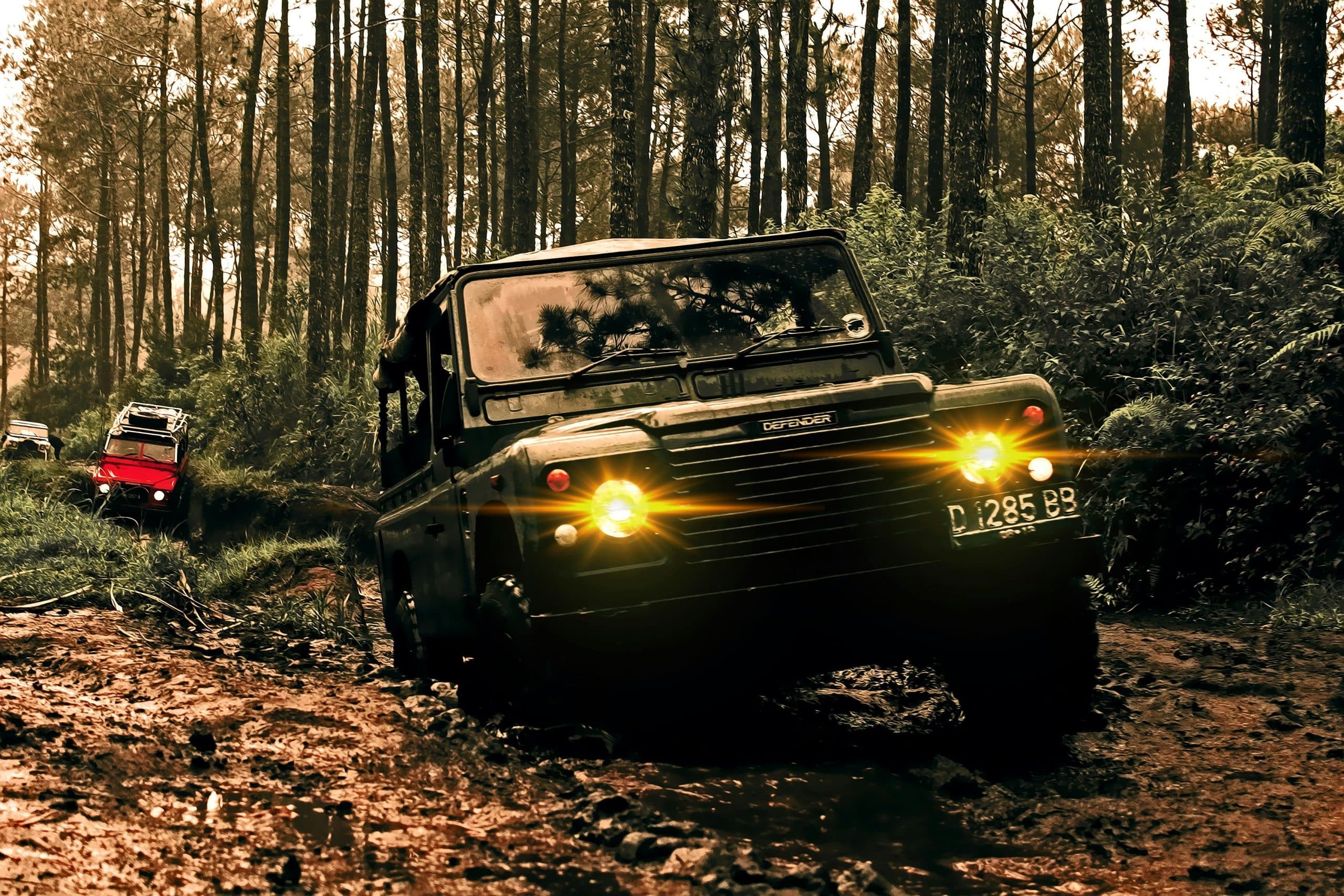What’s the Best Way to Apply an Anti-Corrosion Coating to the Underbody of a Jeep Cherokee?

Corrosion is the silent enemy of any vehicle, especially for those of you who often deal with harsh weather conditions or frequently drive on rough terrains. Over time, rust can severely damage the undercarriage of your Jeep Cherokee. Fortunately, there is a solution at hand. Applying an anti-corrosion coating, also known as undercoating, can effectively combat this issue and significantly extend the life of your vehicle. We’ll show you the best method to get this job done correctly and efficiently.
Choosing the Right Anti-Corrosion Product
Before you start the process, it’s crucial to pick the right product. Not all anti-corrosion coatings are made equal, and some will work better for your Jeep Cherokee than others. The three main types of undercoatings are rubberized undercoating, asphalt-based undercoating, and oil-based undercoating.
In the same genre : Can you Enhance the Fuel Mileage of a Compact Car Like the Honda Fit with Custom Aerodynamic Modifications?
Rubberized undercoating creates a tough, flexible, and paintable surface, making it a fantastic choice if you’re looking for an aesthetically pleasing finish. Asphalt-based undercoating, on the other hand, provides a much sturdier and durable protection but is not paintable.
Finally, oil-based undercoating is a popular choice due to its excellent penetrating abilities. The oil seeps into the smallest crevices and displaces existing rust and corrosion. It then leaves a protective film that keeps further rust from forming. Keep in mind that an oil-based undercoating will need regular reapplications over the years to maintain its integrity.
Additional reading : What’s the Best Steering Wheel Cover Material for Improved Grip in a Racing Car?
Preparing the Undercarriage
Preparing the undercarriage is a crucial step in the application process. Without proper preparation, the product will not adhere correctly, and you’ll be wasting both your time and resources.
Start by thoroughly cleaning the undercarriage. Remove dirt, grease, oil, and road grime using a high-pressure washer. Be sure to focus on areas where rust is already present. Once clean, you need to remove any existing rust and flaking paint. A rust converter can be used to neutralize rust and stop it from spreading. Sanding can also be effective in removing rust and creating a smooth surface for the undercoating to adhere.
Applying the Undercoating
With your undercarriage cleaned and prepped, you’re ready to apply the undercoating. It’s advisable to use a professional-grade undercoating spray gun for this task. This tool will allow for a more uniform coating and get the product into those hard-to-reach areas. Some undercoating cans come with an extension tube for this very purpose.
When applying the undercoating, make sure to hold the spray gun or can approximately 10 to 12 inches away from the surface. Apply the product in a sweeping motion, ensuring a steady, even coating. It’s better to apply several thin layers, allowing each layer to dry before applying the next, rather than one thick layer. This technique will result in a more durable and long-lasting coating.
Curing the Undercoating
After the undercoating has been applied, it will need to cure. The curing time can vary depending on the type of undercoating you’ve chosen. As a rule of thumb, however, most undercoatings will be touch-dry within a couple of hours, but it’s a safe bet to leave your vehicle overnight to ensure the coating is fully cured. If the undercoating isn’t allowed to cure properly, it can peel or crack, reducing its effectiveness against corrosion.
Regular Maintenance and Check-ups
Lastly, it’s important to remember that applying an undercoating isn’t a one-time job. Regular maintenance and check-ups are essential to ensure the undercoating remains effective. Depending on the product used, you might need to reapply it every couple of years. Moreover, if you notice any damage or wear and tear, it’s critical to address these issues promptly.
In conclusion, protecting your Jeep Cherokee from corrosion is a multi-step process that involves choosing the right product, properly preparing the undercarriage, applying the undercoating, letting it cure, and carrying out regular check-ups and maintenance. By following these steps, you’ll ensure that your vehicle remains rust-free for many years to come.
Using Essential Tools and Techniques for Undercoating Application
For an effective undercoating application, some crucial tools and techniques are necessary. The first handy tool you might want to consider is an air compressor. An air compressor can be used along with a spray gun to apply the undercoating smoothly and evenly.
One of the highly recommended spray products for undercoating is the Fluid Film. This product is lauded by many Jeep Cherokee owners and technical forum members for its excellent rust protection properties. Fluid Film is known for its ability to creep into the tiniest spaces, providing comprehensive protection against corrosion.
Road salt is a common enemy for any vehicle. It’s often used in winter road conditions to melt ice but it can speed up the corrosion process. Thus, it’s essential to pay extra attention to areas of the undercarriage that are more prone to salt exposure, such as wheel wells and frame rails.
It’s also good to note that while applying the undercoating, any enclosed spaces like the inside frame should not be neglected. These areas might seem hard to reach, but they are often the most vulnerable to rust. If your undercoating product comes with an extension tube, use it to ensure these areas are well-protected as well.
The Importance of Rust Warranty and Regular Inspections
After the undercoating process, it’s important to keep in mind that rust protection does not end there. Regular inspections of the underside vehicle should be carried out to ensure the undercoating remains intact.
In case you notice any surface rust, it’s crucial to address it promptly to prevent further damage. A rust converter can be handy in managing minor rust issues.
Rust warranty is another aspect to consider. Many anti-corrosion products offer rust warranties that can be useful if you live in areas with severe weather conditions or regularly drive on rough terrains.
Some Jeep Cherokee owners, especially those with older models like the Grand Cherokee, recommend checking the underbody panels often as part of regular maintenance. According to these experienced forum members, they started noticing the benefits of the undercoating process years ago, proving how effective this preventive measure can be.
Conclusion
In conclusion, maintaining the underbody of your Jeep Cherokee is not a daunting task if you follow the steps diligently. The process starts with choosing the right anti-corrosion product, properly preparing the undercarriage for the application, and using essential tools like a spray gun and air compressor.
Remember to pay attention to specific areas that are more prone to rust, such as wheel wells and frame rails. Don’t forget to click expand when you’re browsing through technical forums to read about the experiences of other Jeep owners.
Regular maintenance and inspections, along with a good rust warranty, can go a long way in ensuring your vehicle remains in excellent condition for years to come. The ultimate goal is to protect your Jeep Cherokee from the silent enemy that is corrosion, extending its lifespan and ensuring safe and enjoyable rides for many years.
